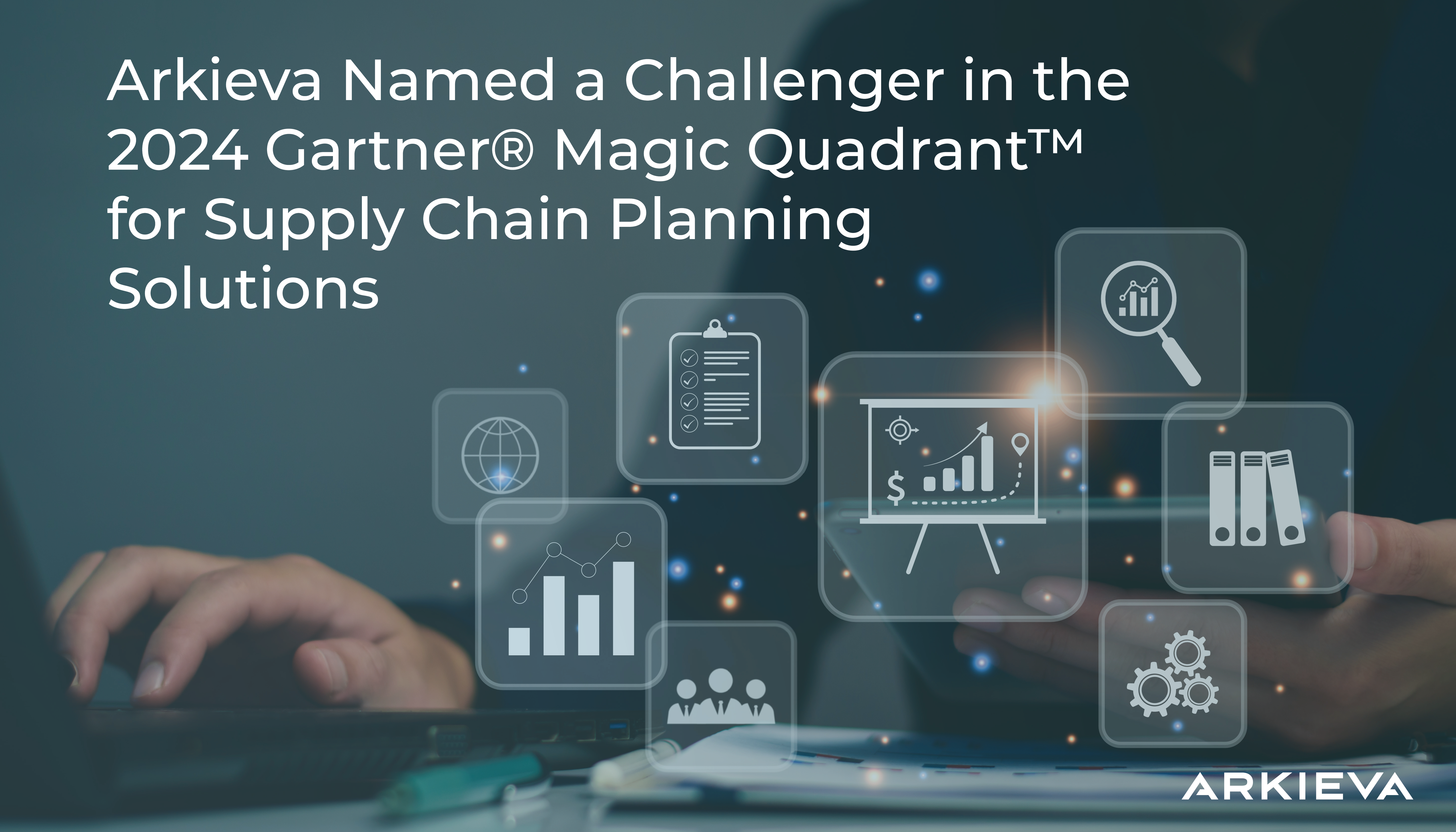In previous “tools of the trade” blogs, the focus has been on conveying a basic understanding of core technologies critical to improving supply chain management decision making. Other blogs have focused on investing in technology. As with any investment there are risks to success. There are a number of standard rules to limit this risk: executive support, buy in from the folks doing the work, using rapid prototyping, have a clear plan, etc. It is clear taking the “change risk” is critical to moving an organization forward. This blog focuses on the need for a small group driving technology that upsets the social order called agents of change (AOC). Below is a short list of requirements for the AOC team to be successful.
- Their skill set must range from programming algorithms and the data science of extracting insights from flawed data to deciding on the right combination of methods or creating new ones to understanding the nuances of nudging an organization out of its current comfort zone to its next (more advanced) comfort zone,
- Guardian angel to protect against extermination. AOC teams can and do quickly disappear if organizational leadership loses focus on the need for innovation in its core decision technology. This happens easily—despite the mantra of competing on analytics – especially since the impact is often delayed as the organization survives on past efforts with manual workarounds and/or economic circumstances temporarily cover the limitations in responsiveness. Regardless of delay, the challenge remains.
- The key to fitting a new decision technology into the current scheme is avoid creating confusion for the planners and management team. As noted by Woolsey, “A manager would rather live with a problem he/she cannot solve than accept a solution he/she cannot understand.” A successful agent of change must learn to spot a confused look on a client’s face—though it might show for only a moment—to explain away the confusion or open a conversation.
- Key users need to understand the basic logic generating the results (though they may not comprehend all technical details and from time to time will ask for explanations of solution results). Over time, they grow to appreciate the model’s ability to tackle complexity and develop confidence. This reduces confusion.
Examples of the best in class work of AOC are found in the Edelman Contest.





